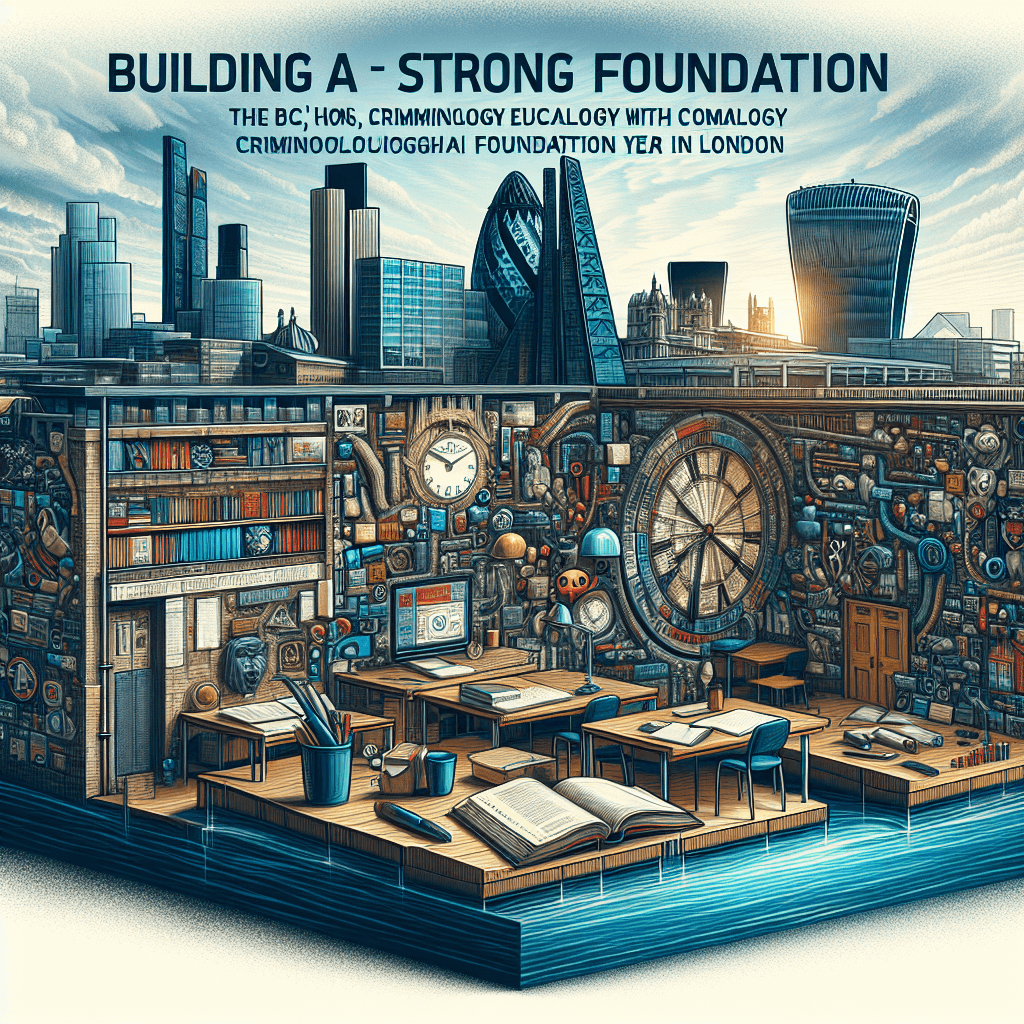Understanding the Fundamentals of Crime and Justice
Crime is a complex and multifaceted issue that affects individuals, communities, and society as a whole. To address the problem of crime, it is essential to understand its underlying causes, types, and consequences, as well as the justice system that punishes and rehabilitates offenders. In this article, we will delve into the fundamentals of crime and justice, providing an overview of the key concepts and principles that shape our understanding of crime and its impact on our society.
What is Crime?
Crime is an act or omission that violates the laws of a society, resulting in harm to individuals, communities, or society as a whole. Crime can take many forms, including violent crimes, property crimes, and inchoate crimes, such as attempts or conspiracies. It is essential to recognize that crime is not limited to traditional notions of armed robbery or murder, but also includes non-violent offenses like fraud, embezzlement, and copyright infringement.
Types of Crime
Crimes can be classified into different categories, including:
- Violent crimes: Crimes that involve physical harm or the threat of physical harm, such as murder, rape, and assault.
- Property crimes: Crimes that involve the unauthorized taking or damage of property, such as theft, burglary, and vandalism.
- Inchoate crimes: Crimes that are attempted or conspired, but do not result in direct harm, such as attempted murder or conspiracy to commit a crime.
Causes of Crime
Understanding the causes of crime is crucial in developing effective crime prevention strategies. Some of the most common causes of crime include:
- Poverty: Economic struggles can lead to feelings of desperation and frustration, which can result in criminal behavior.
- Lack of education: Limited educational opportunities can lead to a lack of employable skills, leading to a higher likelihood of involvement in criminal activity.
- Family dynamics: Dysfunctional family environments can result in a higher incidence of deviant behavior.
- Social influences: Peer pressure and social norms can also contribute to criminal behavior.
The Justice System
The justice system is designed to investigate, prosecute, and punish crimes, while also providing rehabilitation and reintroduction of offenders into society. The system is complex and multifaceted, involving law enforcement, courts, and correctional facilities.
How Does the Justice System Work?
The justice system can be broadly divided into several stages:
- Investigation: Law enforcement agencies, such as the police, investigate crimes and gather evidence.
- Prosecution: Prosecutors, representing the state, present evidence and arguments in court to prove the guilt of the accused.
- Defense: The accused, represented by a lawyer, argues in their defense.
- Trial: The judge and jury or judge decide the case, and if found guilty, determine the sentence.
- Corrections: The accused is sentenced to serve time in prison or undergo rehabilitation programs.
Frequently Asked Questions
Q: What is the most common type of crime?
A: Property crime, such as theft, is the most common type of crime.
Q: Why do people commit crimes?
A: People commit crimes for a variety of reasons, including poverty, lack of education, and social influences.
Q: How does the justice system work?
A: The justice system involves investigation, prosecution, defense, trial, and corrections.
Q: What is the purpose of crime prevention?
A: Crime prevention is aimed at reducing the likelihood of crime by addressing underlying causes and providing opportunities for individuals to lead law-abiding lives.
Q: Who is responsible for crime prevention?
A: Law enforcement, community organizations, and government agencies are all responsible for crime prevention and reduction.
Q: What is the goal of the criminal justice system?
A: The goal of the criminal justice system is to promote justice, prevent crime, and protect society.
Q: When is the best time to start crime prevention?
A: Early intervention and prevention are ideal, starting with education and socialization in childhood and adolescence.
Q: What are some effective ways to prevent crime?
A: Effective prevention strategies include education, job training, and community engagement, as well as addressing social and economic inequalities.
Q: Where do I find information on crime and justice?
A: Information on crime and justice can be found through various government agencies, academic research, and community organizations.
Q: Which agencies are involved in crime prevention?
A: Law enforcement, schools, community centers, and government agencies are all involved in crime prevention and reduction.
#Step #Criminology #Understanding #Fundamentals #Crime #Justice







